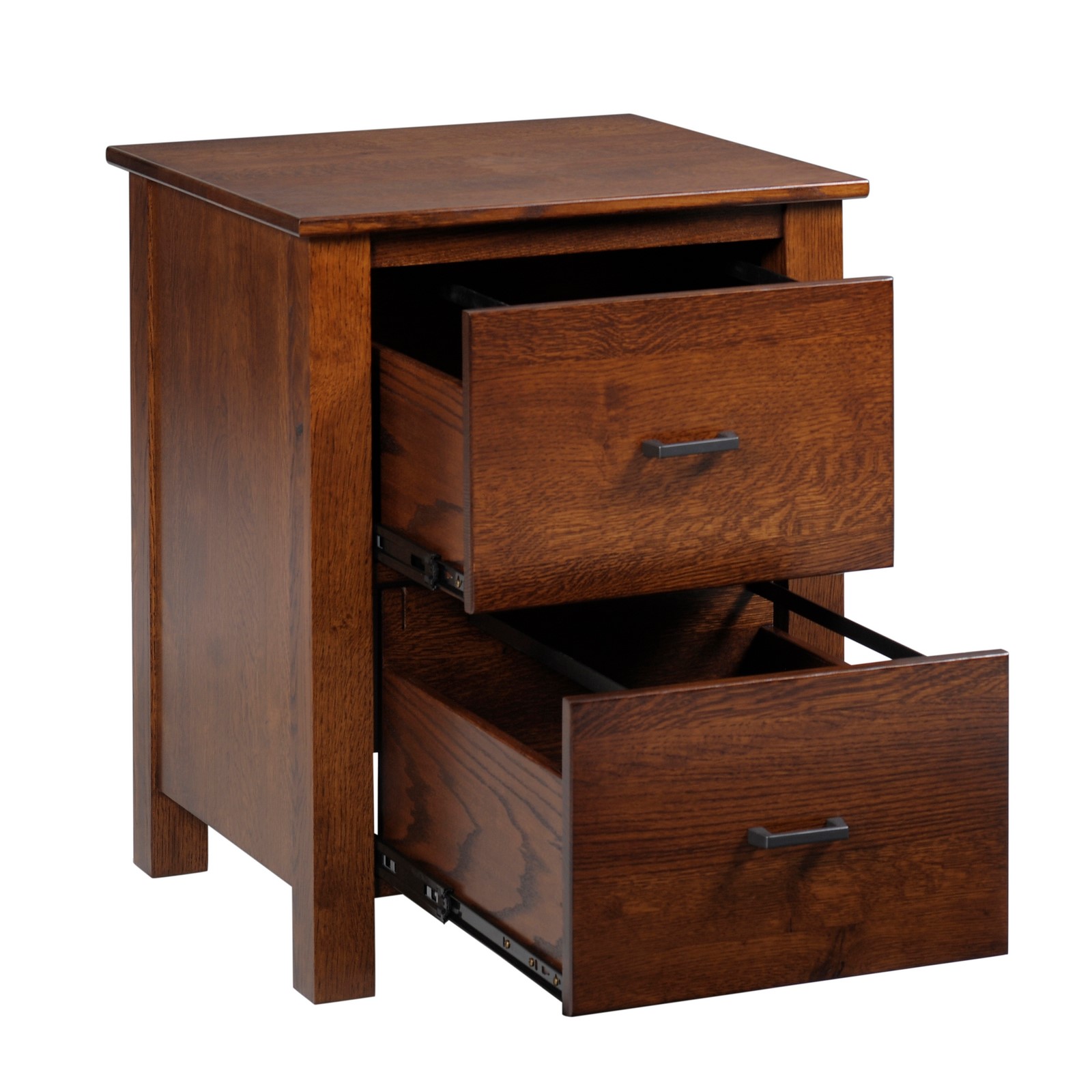Mission Style File Cabinet

The enduring appeal of mission-style furniture lies in its blend of practicality and aesthetic elegance. A mission-style file cabinet, with its clean lines and sturdy construction, seamlessly integrates into both traditional and modern settings, offering a functional and visually pleasing solution for organizing documents. This discussion explores the practical aspects of using a mission-style file cabinet, offering insights into its advantages, disadvantages, optimal organization strategies, and maintenance requirements.
Practical Advantages and Disadvantages of Mission Style File Cabinets
Mission-style file cabinets generally boast robust construction, often made from solid wood or high-quality wood composites. This translates to longevity and durability, making them a worthwhile investment for long-term storage needs. Their timeless design complements various décor styles, avoiding the need for frequent replacements as trends change. However, their solid construction often results in a heavier weight compared to other cabinet types, making them less mobile. The lack of built-in features like locking drawers (unless specifically chosen) might be a security concern for sensitive documents in some settings. The initial cost is also typically higher than that of cheaper, mass-produced alternatives.
Organizing Files and Documents within a Mission Style File Cabinet
Maximizing space and efficiency in a mission-style file cabinet requires a thoughtful approach to organization. A common strategy is to use color-coded hanging files, categorizing documents by project, client, or year. Alphabetical organization within each hanging file further enhances retrieval speed. For frequently accessed files, a dedicated drawer can be designated for “active” documents, while less frequently used files are stored in other drawers. Labeling each drawer clearly and consistently is crucial for easy identification. Consider using drawer dividers to further compartmentalize files within each drawer, preventing documents from becoming jumbled. For particularly bulky items, such as oversized blueprints or bound reports, vertical storage within the cabinet might be more efficient than horizontal storage.
Maintenance and Care of a Mission Style File Cabinet
Preserving the beauty and functionality of a mission-style file cabinet requires regular maintenance. Dusting the cabinet regularly with a soft cloth prevents the accumulation of dirt and grime. Avoid using harsh chemicals or abrasive cleaners, which can damage the finish. For wooden cabinets, occasional polishing with a suitable wood polish can help maintain the luster and protect the wood from drying out. Inspect the cabinet periodically for any signs of damage, such as loose screws or worn-out glides. Addressing these issues promptly can prevent further deterioration. If the cabinet has a wood finish, consider applying a fresh coat of protective sealant every few years to safeguard it against moisture damage.
Storage Capacity Comparison
Understanding the storage capacity of a mission-style file cabinet in relation to other filing systems is important for making an informed choice.
Mission style file cabinet – Below is a comparison of storage capacity:
- Mission Style File Cabinet: Offers substantial vertical storage, typically accommodating several years’ worth of standard-sized files. Capacity varies greatly depending on the cabinet’s dimensions and the number of drawers.
- Lateral File Cabinets: Provide horizontal storage, often with a larger surface area per drawer than vertical cabinets. This can be advantageous for accessing files, but the overall storage capacity might be comparable to a mission-style cabinet of similar dimensions.
- Shelving Units: Highly versatile but require additional filing solutions like boxes or folders to maintain order. Storage capacity is potentially much higher, but organization and accessibility can be more challenging than with dedicated file cabinets.
